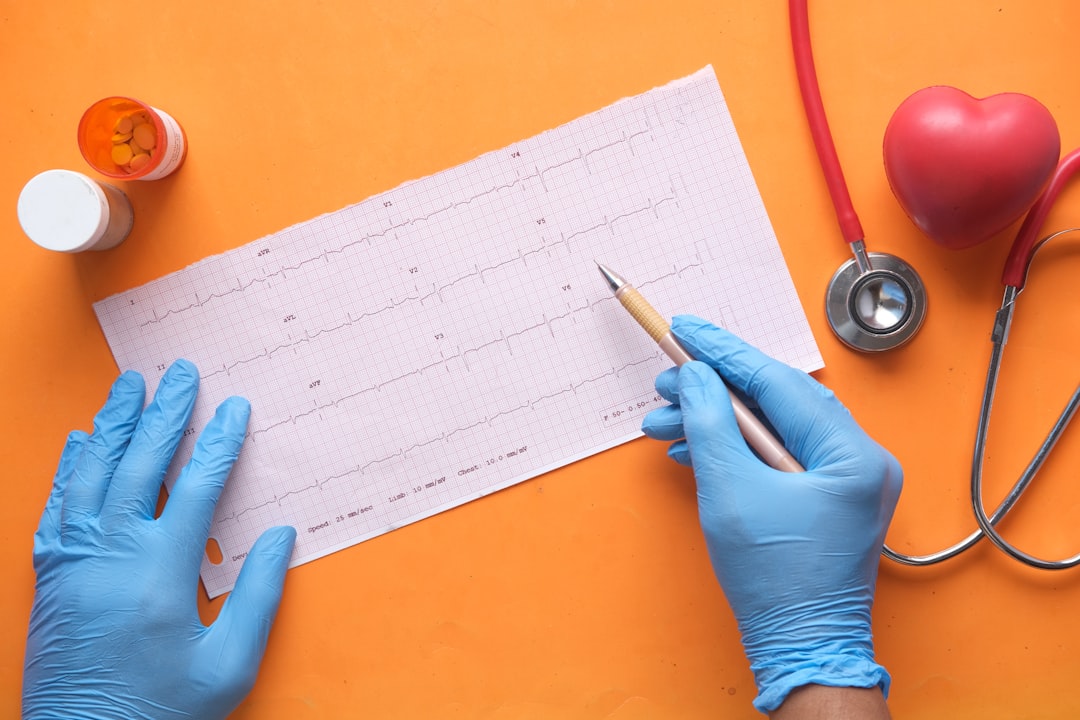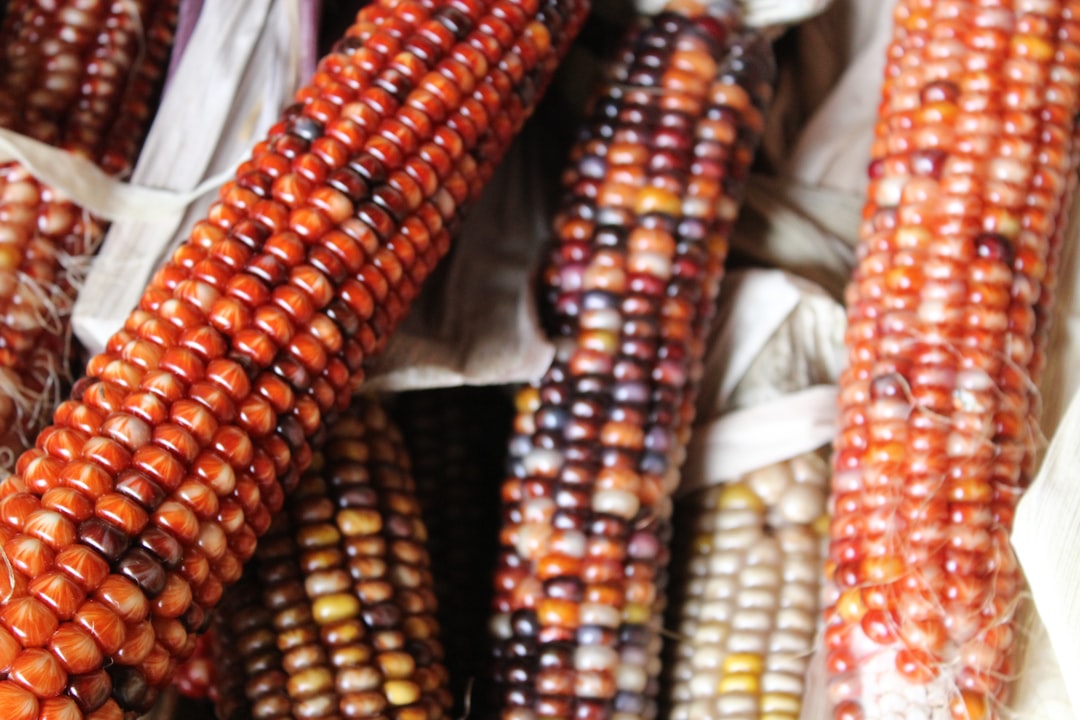What is it about?
By investigating the plasma cytokines and metabolome of ordinary convalescent patients with antibodies (CA), convalescents with rapidly faded antibodies (CO), and healthy subjects, we not only identified the biomarkers associated COVID-19 antibodies, but also highlighted glycylproline (gly-pro). The dipeptide gly-pro, a product of enzymatic peptide cleavage catalyzed by dipeptidyl peptidase 4 (DPP4), strongly accumulated in CO individuals compared with the CA group. Furthermore, severe acute respiratory syndrome coronavirus 2 (SARS-CoV-2) vaccination experiments in healthy mice demonstrated that supplementation of gly-pro down-regulates SARS-CoV-2–specific receptor-binding domain antibody levels and suppresses immune responses, whereas the DPP4 inhibitor Sitagliptin, an antidiabetic drug, can counteract the gly-pro–down-regulated SARS-CoV-2-specific antibodies under physiological conditions. Therefore, our work suggests that DPP4 inhibitors may have "one-stone, two birds" effects on both type 2 diabetes and maintenance of the COVID-19 antibody levels.
Featured Image

Photo by Mufid Majnun on Unsplash
Why is it important?
The changes of antibody levels in COVID-19 convalescent patients or the vaccinated people have been attracted. How to maintain the antibody levels would be a key question for public people including, but not limited to, type 2 diabetic patients. This finding suggests clinical DPP4 inhibitors could not only treat type 2 diabetes but also maintain the COVID-19 antibody levels.
Perspectives
Glycylproline (gly-pro) was identified by metabolomics in this work, which is a promising tool in precision medicine. And we also believe that gly-pro would be a biomarker in monitoring COVID-19 antibody levels.
Shuhai Lin
Xiamen University
Read the Original
This page is a summary of: Plasma metabolome and cytokine profile reveal glycylproline modulating antibody fading in convalescent COVID-19 patients, Proceedings of the National Academy of Sciences, August 2022, Proceedings of the National Academy of Sciences,
DOI: 10.1073/pnas.2117089119.
You can read the full text:
Contributors
The following have contributed to this page










